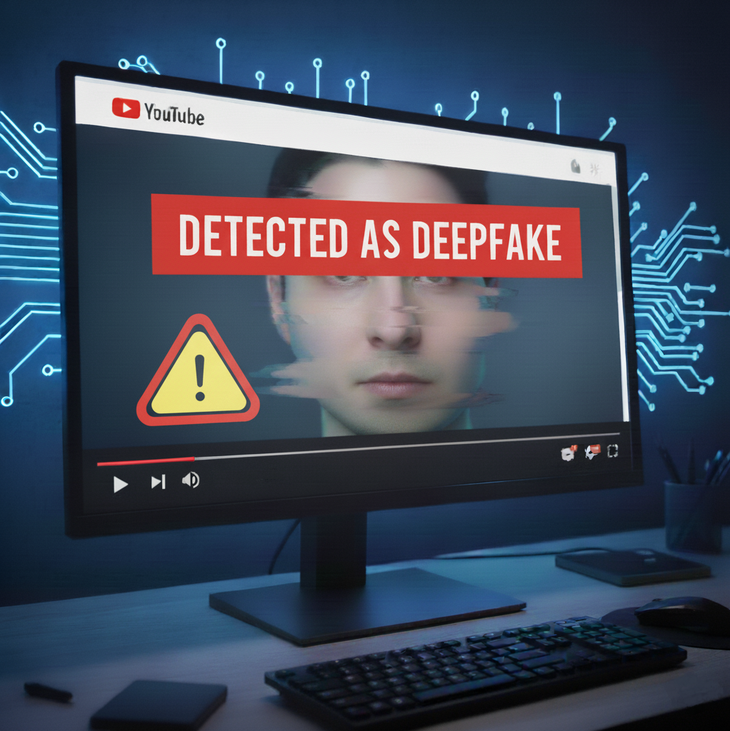
YouTube is rolling out and will expand access to its Likeness detection tool for creators.
The proliferation of deepfake videos is blurring the lines between reality and fake. From celebrities to content creators, anyone can become a victim of this technology.
Faced with this reality, YouTube and many other online platforms are seeking to strike a balance between creative freedom and control over digital identity.
YouTube is testing an AI-powered impersonation detection tool.
YouTube has introduced a new feature called 'Likeness Detection,' which can be translated as identifying similarities in facial features and voice. When creators discover videos showing signs of impersonation of their image or voice, they can submit a verification request directly through this tool.
The system will use an artificial intelligence model to compare facial and voice data with the original profile of the requester. If the results show a high degree of match, the video will be sent to YouTube's moderation team for further evaluation.
This helps to reduce the accidental deletion of legitimate content and increases the accuracy of deepfake detection.
Unlike previous tools for reporting copyright infringement or infringing content, the new recognition feature focuses on personal identity. Those being impersonated don't need to prove ownership of the images or content; they only need to confirm the unauthorized use of their face or voice.
According to YouTube, the goal of this tool is to give creators back control, in the context of an increasing number of videos using image and voice synthesis technology that makes it difficult for viewers to distinguish between real and fake. The tool is expected to be gradually rolled out in the US before expanding to other regions next year.
A step taken to combat the wave of deepfakes.
Deepfakes are no longer limited to entertainment videos or satirical content. In just a few years, this technology has been exploited for fraud, politics , and information manipulation. Numerous cases of celebrities having their faces or voices altered in advertisements or sensitive content have raised concerns among users about the reliability of what they see online.
In response to this wave, social media platforms are collectively seeking ways to react. Meta has announced plans to label videos created by artificial intelligence as "AI-generated," while TikTok has added an "AI-generated" option to its violation reporting section, making it easier for users to report fake videos. For YouTube, this is a proactive step in addressing the widespread and difficult-to-control wave of deepfakes.
The rollout of this feature also shows YouTube's attempt to redefine content moderation standards in the age of AI. The platform not only handles infringing videos but also creates mechanisms to give creators a voice in protecting their digital identities.
Some media experts see this as a sign that tech companies have begun to shift from "adapting to AI" to "controlling the impact of AI."
However, applying deepfake detection tools on a global scale is not simple. Differences in data protection laws between countries and the complexity of identifying harmful fake content will be challenges YouTube will face during implementation.
The line between creativity and censorship
The fight against deepfakes raises questions about the limits of content creation. Many video producers worry that automated detection tools could affect legitimate AI-powered products, such as short films or illustrated videos. As the line between creativity and forgery blurs, platforms must find ways to protect users without harming creative freedom.
YouTube claims its identification tool is not intended to restrict creativity but to protect individuals' right to control their own images. However, experts believe that determining which videos are harmful and which are legitimate creations will remain a major challenge.
The race between technology for creating fakes and technology for detecting them is likely to continue, and YouTube's new tool is just a small step in the effort to retain authenticity in an increasingly virtual age.
Source: https://tuoitre.vn/youtube-tung-cong-cu-likeness-detection-bao-ve-hinh-anh-va-giong-noi-truoc-deepfake-20251023163915973.htm








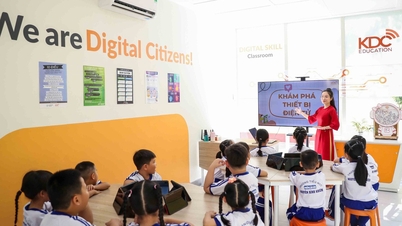



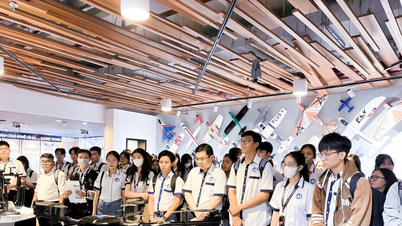
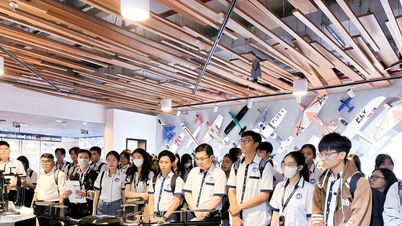

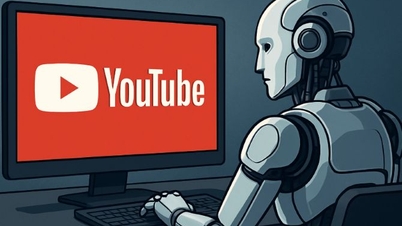

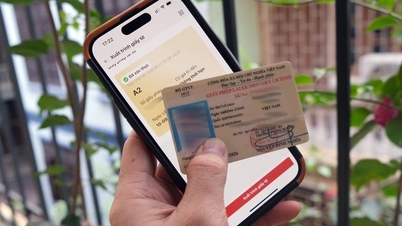



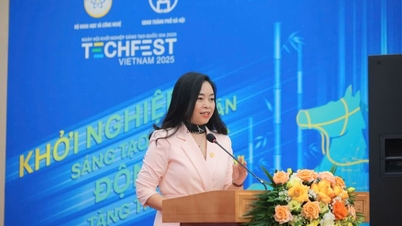









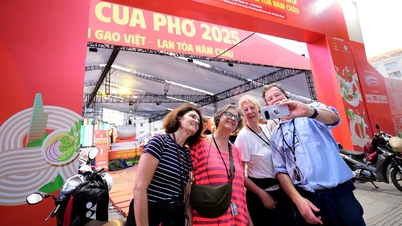


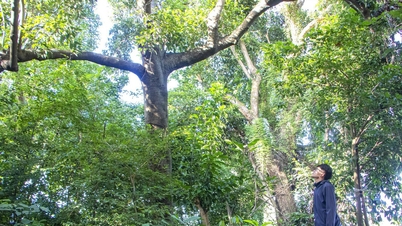



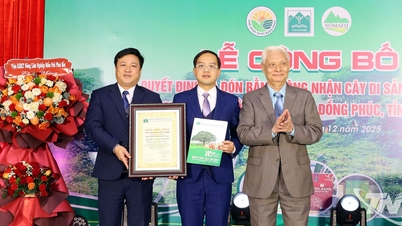






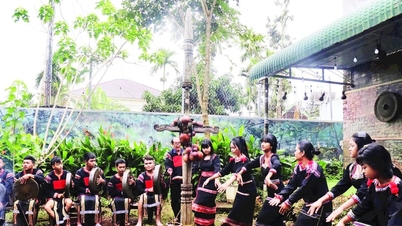





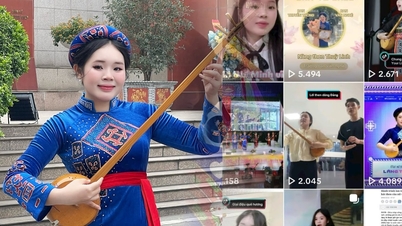


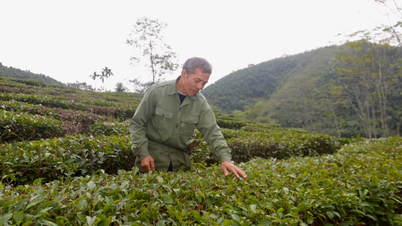




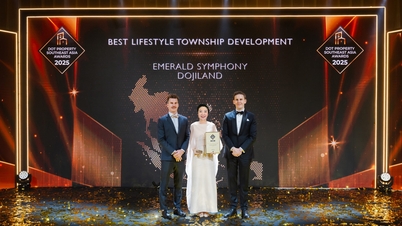

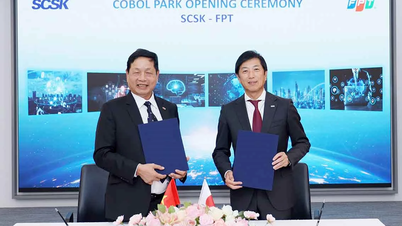














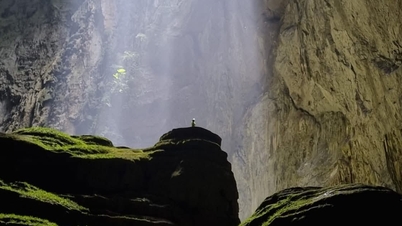





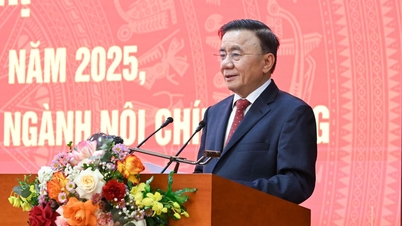




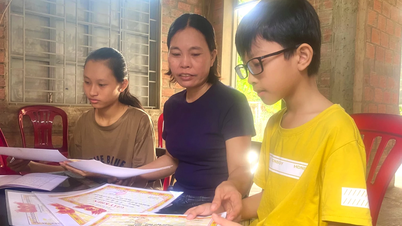



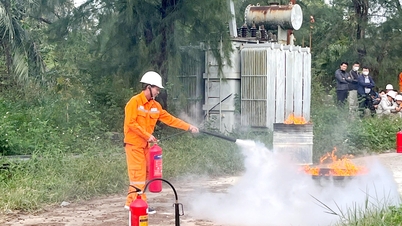


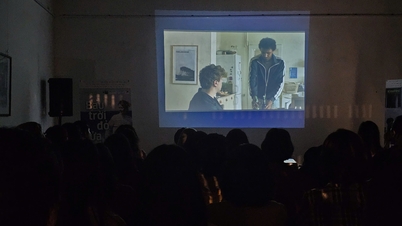














Comment (0)